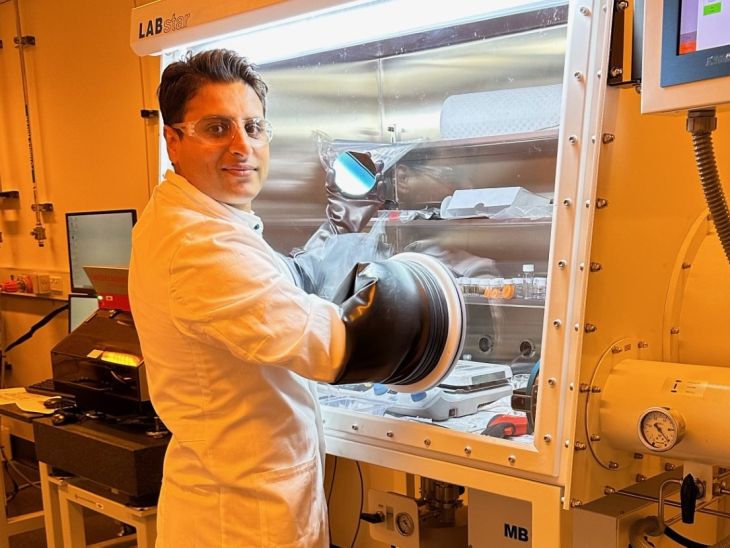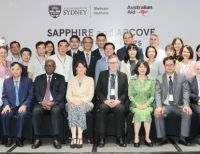Nanothin printing of electronics hardware could slash costs
Dr Mohammad Ghasemian.
The process comes amid increasing worldwide demand for memory devices, which require significant amounts of energy to produce and use.
“Reducing the temperature at which zirconium and hafnium become liquid is crucial to developing lower-cost electrical devices as far less energy is required,” said Dr Mohammad Ghasemian, the study’s lead author from the School of Chemical and Biomolecular Engineering.
Developed by University of Sydney engineers and published in Small, the researchers first combined tin, zirconium and hafnium in a precise ratio.
This enabled the alloy to be melted below 500 degrees, far lower than the individual melting points for zirconium (1855 degrees) and hafnium (2227 degrees).

Dr Mohammad Ghasemian.
The process comes amid increasing worldwide demand for memory devices, which require significant amounts of energy to produce and use.
“Reducing the temperature at which zirconium and hafnium become liquid is crucial to developing lower-cost electrical devices as far less energy is required,” said Dr Mohammad Ghasemian, the study’s lead author from the School of Chemical and Biomolecular Engineering.
Developed by University of Sydney engineers and published in Small, the researchers first combined tin, zirconium and hafnium in a precise ratio. This enabled the alloy to be melted below 500 degrees, far lower than the individual melting points for zirconium (1855 degrees) and hafnium (2227 degrees).

















